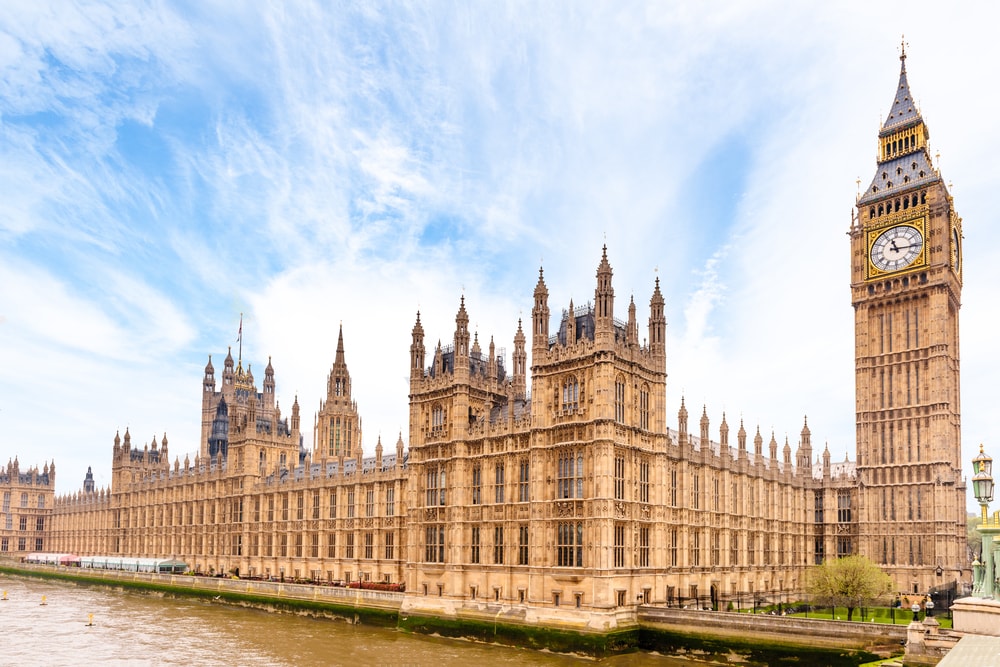The ability to consolidate and transfer pensions is expected to be the most important feature when dashboards are implemented next year, according to research commissioned by Bravura.
The research, conducted by NextWealth, surveyed 11 adviser platforms to examine their plans for connecting to the pensions dashboards ecosystem, revealing a “host” of features that platforms are interested in implementing once pensions are fully live.
The ability to transfer and consolidate pension topped the list, with several respondents suggesting that this could be a “crucial” way to help individuals reduce the overall cost of their pension management, as well as increasing the scope of investment options available to them.
This was followed by retirement planning tools, financial education, at-retirement services and the ability to offer robo-advice, respectively.
However, Bravura noted that the Financial Conduct Authority's (FCA) proposed regulatory framework revealed that it is looking to limit the ability to consolidate to better protect consumers, warning that there could be some additional legislative tension to consider later this year.
Indeed, the FCA's consultation confirmed that there is no transaction functionality in the central digital architecture, meaning that pension transfers and consolidation, for example, cannot be processed through the architecture.
In addition to this, although the FCA has proposed allowing dashboard operators to add services beyond the core ‘find and view’ function of a pensions dashboard, including robo-advice, such services will only be allowed where they have the potential to improve pension outcomes, and meet rigorous conduct standards.
Bravura principal consultant and pensions specialist, Jonathan Hawkins, also highlighted the high ranking of transfers and consolidation as "surprising" in light of the lack of platforms currently planning to build their own dashboard for clients.
According to the research, although the respondents expected consumers to get value from dashboards, only one of those surveyed said it was planning to build its own commercial dashboard front-end, which was expected to cost between £1m-2m.
In contrast, the majority (six) of firms had no plans to build a commercial dashboard, while two were unsure and two preferred not to say.
Over half (six) of the firms were also planning to use an internet service provider solution to connect to the pensions dashboards ecosystem, with data ownership and control seen as the top consideration when selecting an ISP, cited by six respondents.
In addition to this, the survey found that whilst firms expect clients to either get significant or some value from the pensions dashboards, the benefit for advisers could be less, as none of the respondents thought they would get significant value, while one felt advisers would get very little value.
Commenting on the findings, Hawkins stated: “The Pensions Dashboards Programme (PDP) is entering a critical year this year.
"As an industry, we need to start challenging ourselves to think beyond implementation to focus on the sizable amount of benefits and features we can introduce to help make advisers’ lives easier and empower consumers to make the right decisions.
"We’re already talking with clients about the exciting possibilities microservices and digital apps can bring to the pensions dashboards ecosystem, and our heritage the Australian market makes us well placed to help clients reimagine the UK's pensions sector and create a competitive edge.
"While the research is only designed to offer a snapshot of current thinking, it points to the fact that a large number of platforms are not looking to manage the transfer or consolidation journey.
"I think it is highly likely that this will change as platforms and providers start to work through the programme and big-ticket projects like data cleansing come to a close.”
Latest News
-
FCA calls for 'bold shifts' to address mortgage-retirement challenges
-
Concerns mount as tax threshold freezes branded a ‘stealth tax’ on pensioners
-
Keeping track of the latest pensions dashboards connections
-
UCU members to be balloted over pension changes at Northumbria University
-
News in brief - 14 November 2025
-
This week in pensions: 10-14 November 2025
Private markets – a growing presence within UK DC
Laura Blows discusses the role of private market investment within DC schemes with Aviva Director of Investments, Maiyuresh Rajah
The DB pension landscape
Pensions Age speaks to BlackRock managing director and head of its DB relationship management team, Andrew Reid, about the DB pensions landscape
Podcast: From pension pot to flexible income for life

Podcast: Who matters most in pensions?

In the latest Pensions Age podcast, Francesca Fabrizi speaks to Capita Pension Solutions global practice leader & chief revenue officer, Stuart Heatley, about who matters most in pensions and how to best meet their needs
© 2019 Perspective Publishing Privacy & Cookies











Recent Stories